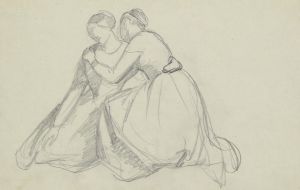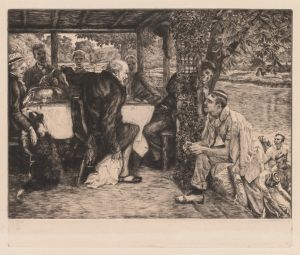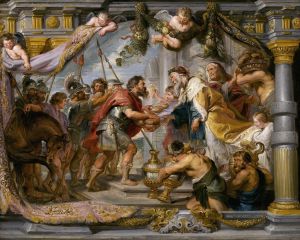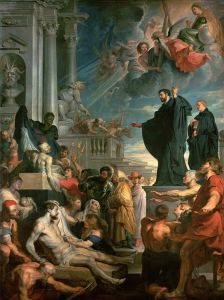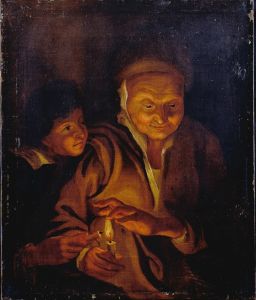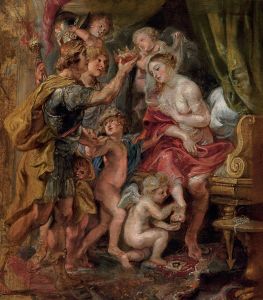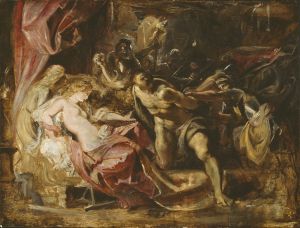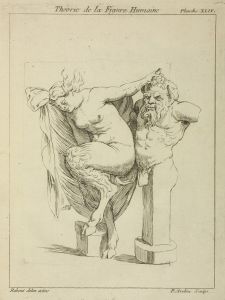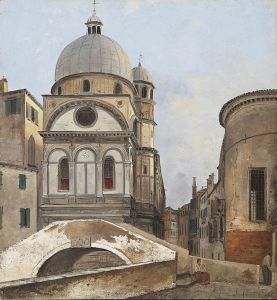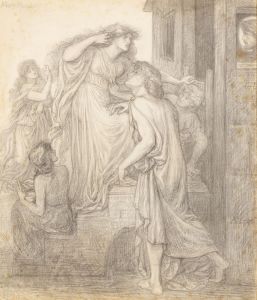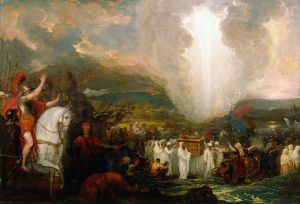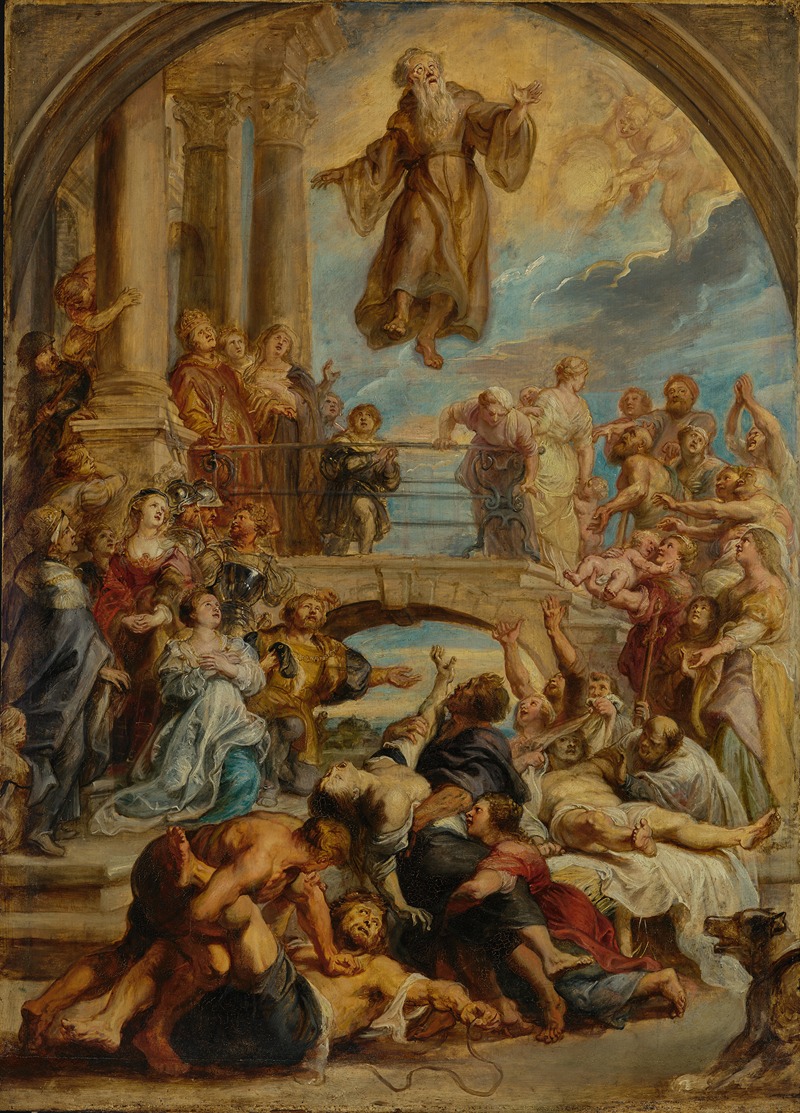
The Miracles of Saint Francis of Paola
A hand-painted replica of Peter Paul Rubens’s masterpiece The Miracles of Saint Francis of Paola, meticulously crafted by professional artists to capture the true essence of the original. Each piece is created with museum-quality canvas and rare mineral pigments, carefully painted by experienced artists with delicate brushstrokes and rich, layered colors to perfectly recreate the texture of the original artwork. Unlike machine-printed reproductions, this hand-painted version brings the painting to life, infused with the artist’s emotions and skill in every stroke. Whether for personal collection or home decoration, it instantly elevates the artistic atmosphere of any space.
Peter Paul Rubens, a prominent Flemish Baroque painter, is renowned for his dynamic compositions, vibrant use of color, and masterful storytelling through art. Among his extensive body of work, The Miracles of Saint Francis of Paola is a painting attributed to him. This artwork reflects Rubens' ability to depict religious themes with dramatic intensity and emotional depth, hallmarks of the Baroque period.
Saint Francis of Paola (1416–1507) was an Italian friar and the founder of the Order of Minims, a Roman Catholic religious order. He was widely venerated for his piety, humility, and miraculous deeds, which were often the subject of artistic representation during the Counter-Reformation. Rubens' painting captures one or more of the miracles associated with the saint, emphasizing the divine intervention and spiritual power attributed to him.
The painting is characterized by Rubens' signature style, which includes dynamic movement, rich color palettes, and a strong interplay of light and shadow. These elements work together to create a sense of drama and immediacy, drawing the viewer into the miraculous events depicted. The figures in the composition are rendered with a sense of vitality and expressiveness, underscoring Rubens' skill in portraying human emotion and divine presence.
While the exact date of the painting's creation is not definitively documented, it is consistent with Rubens' mature period, during which he produced numerous religious works for churches and private patrons across Europe. The painting is believed to have been commissioned as part of a broader effort to promote the veneration of Saint Francis of Paola, particularly in the context of the Catholic Church's efforts to reaffirm its spiritual authority during the Counter-Reformation.
As of now, the painting is housed in a museum or private collection, where it continues to be studied and appreciated for its artistic and historical significance. It serves as a testament to Rubens' mastery of religious art and his ability to convey complex theological themes through visual storytelling.
This artwork is an important example of how Baroque artists like Rubens contributed to the cultural and spiritual life of their time, using their talents to inspire faith and devotion among viewers.





